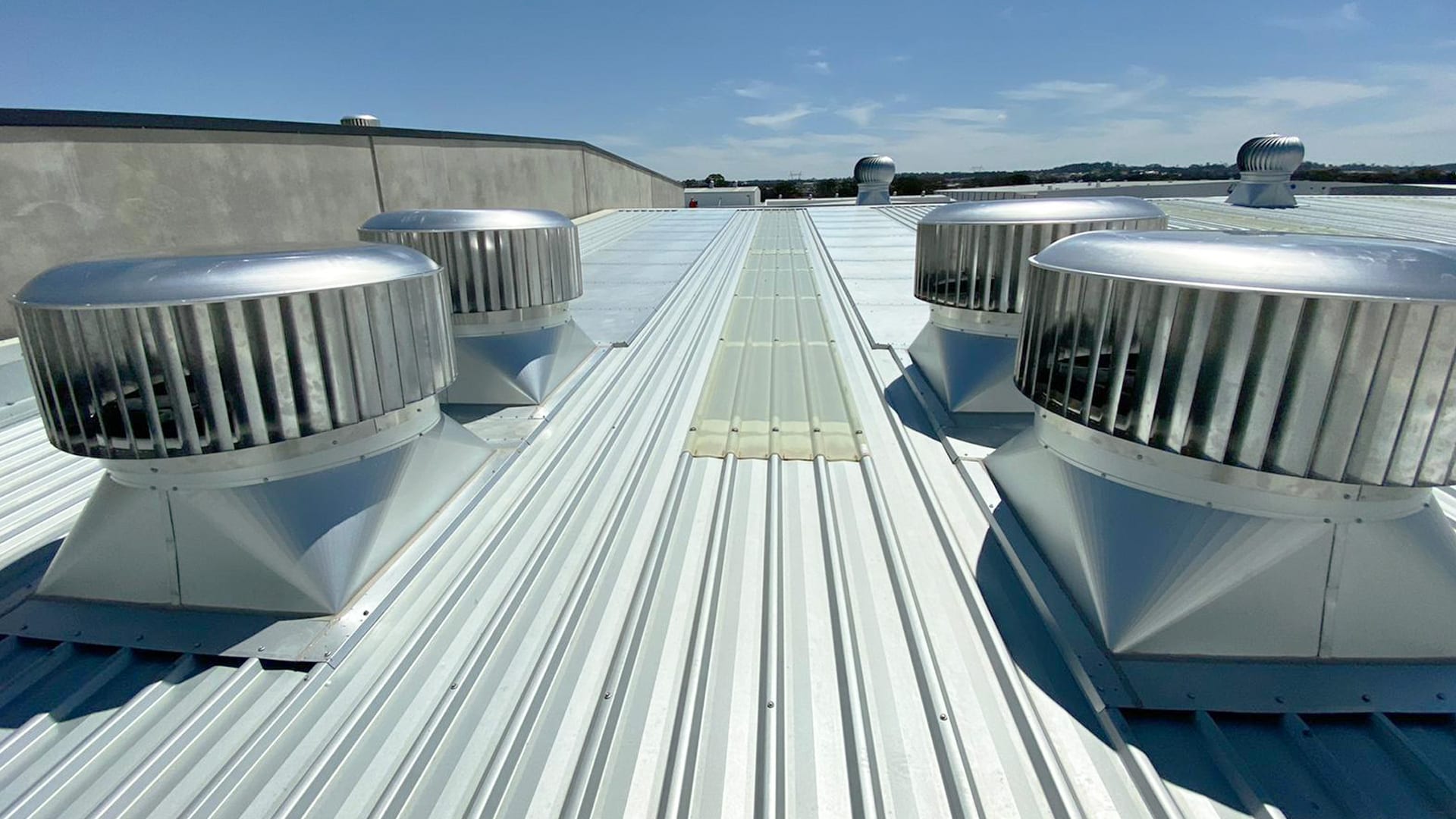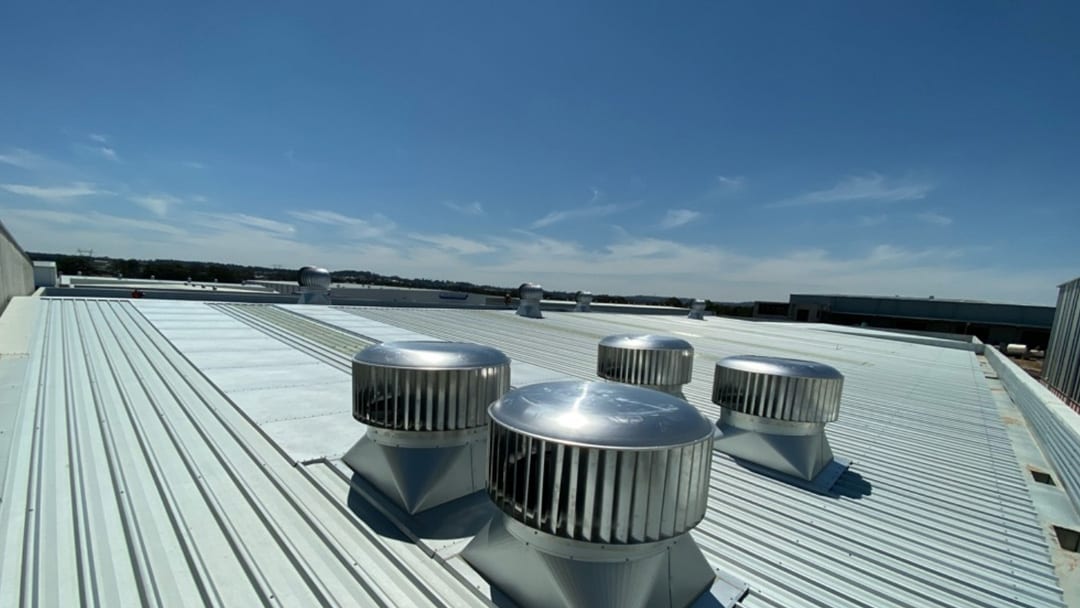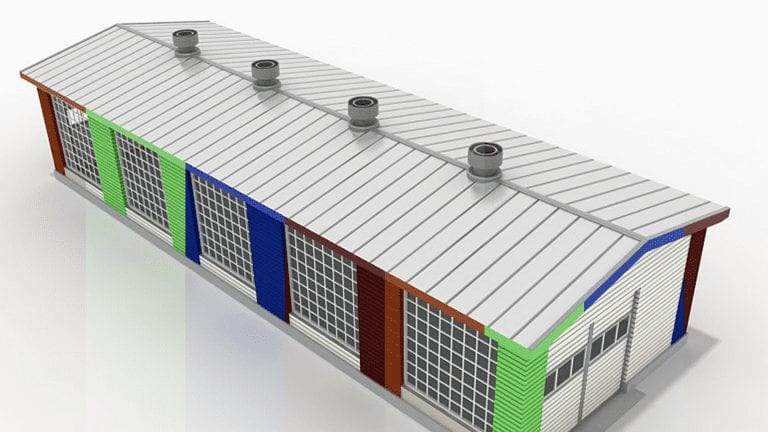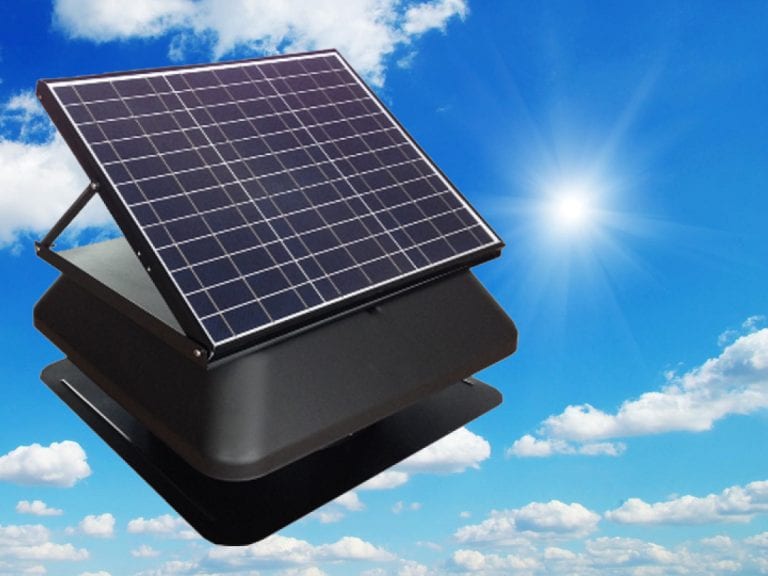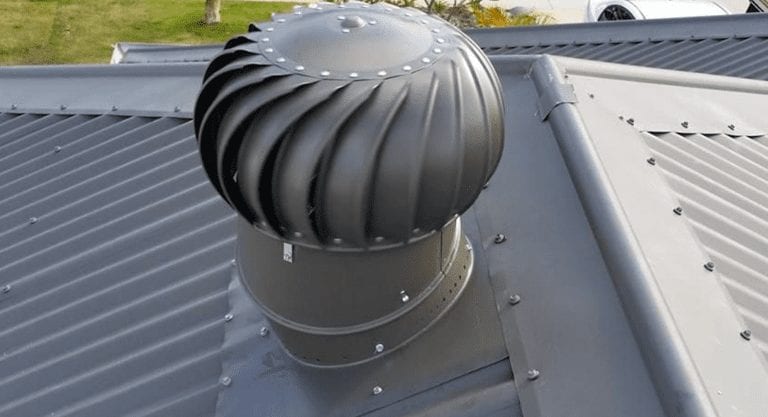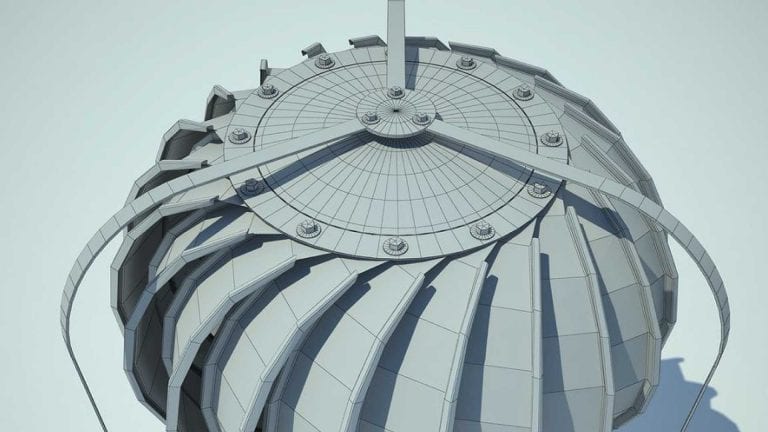How Many Whirlybirds Do I Need to Install?
Whirlybird installation cost? – How much do whirlybirds cost to buy and install?
Need to Replace Squeaky Roof Vents – Click Here >
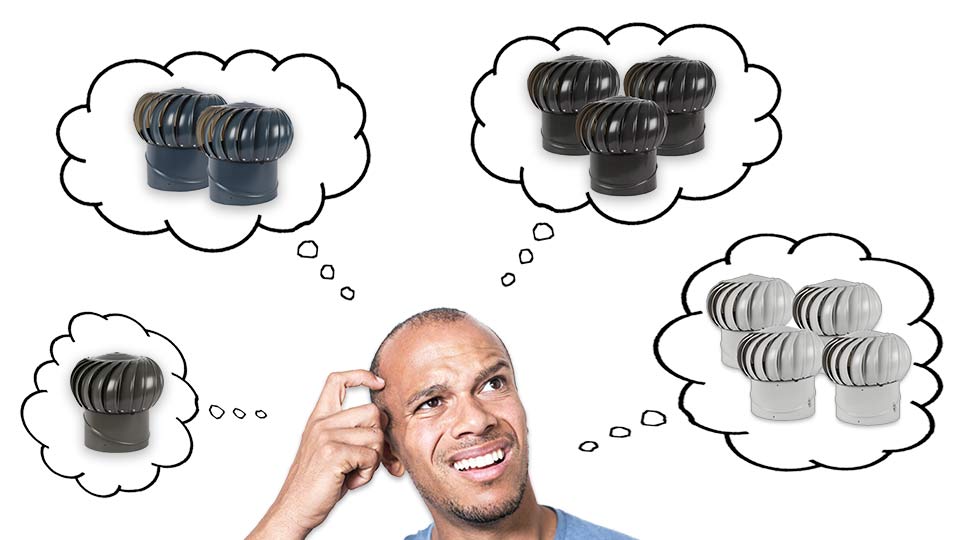
A Simple Roof Vent Calculation
1-2 bedrooms house will need approximately 2 whirlybirds
3-4 bedrooms house will need approximately 3 whirlybirds
4-5 bedrooms house will need approximately 4 whirlybirds
An important thing to consider is balancing your roof’s ventilation system. Your eave vents play a major role in how efficient this system is. The intake volume of fresh air through your eave vents should equal the volume of air being expelled through your whirlybirds. If you don’t have enough eave vents then you will essentially be suffocating your ventilation system and your whirlybirds will be trying to pull air that is not there. So when considering the amount of whirlybirds you need for your roof, also consider if you need to increase the amount of eave vents to equal the exiting air flow. In this way you will have an efficient roof ventilation system that will be cooling your roof void and subsequently your home for years to come.
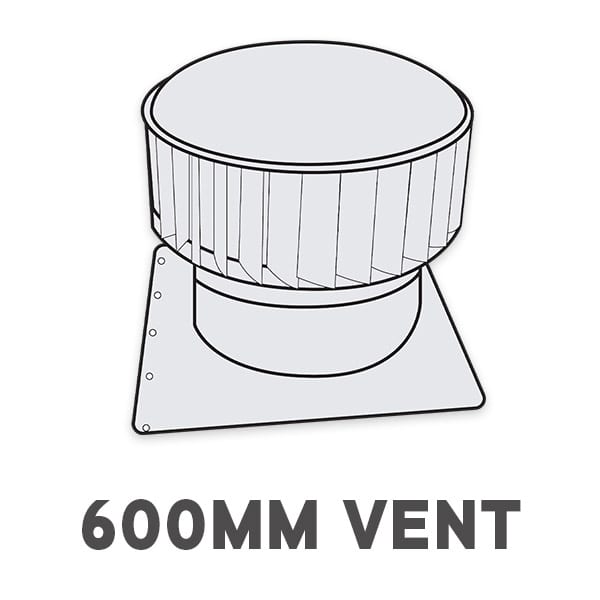
Supply & Installation Price
Sydney Metro Only
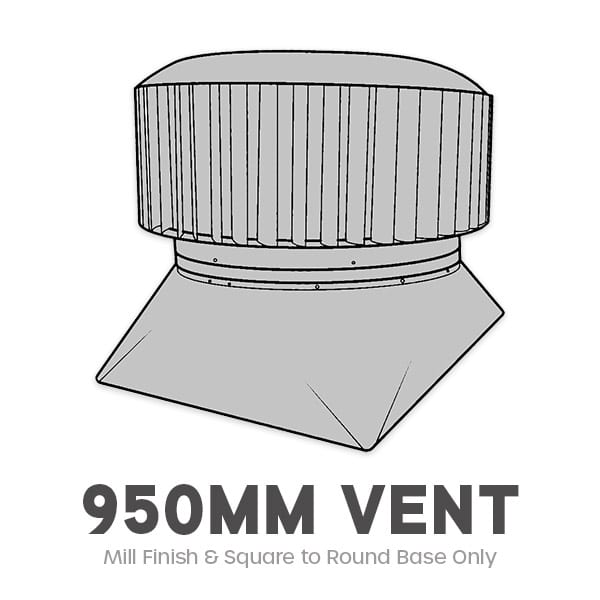
Supply & Installation Price
Sydney Metro Only
1 Roof Vent
Supply & Installation Price
$520/1
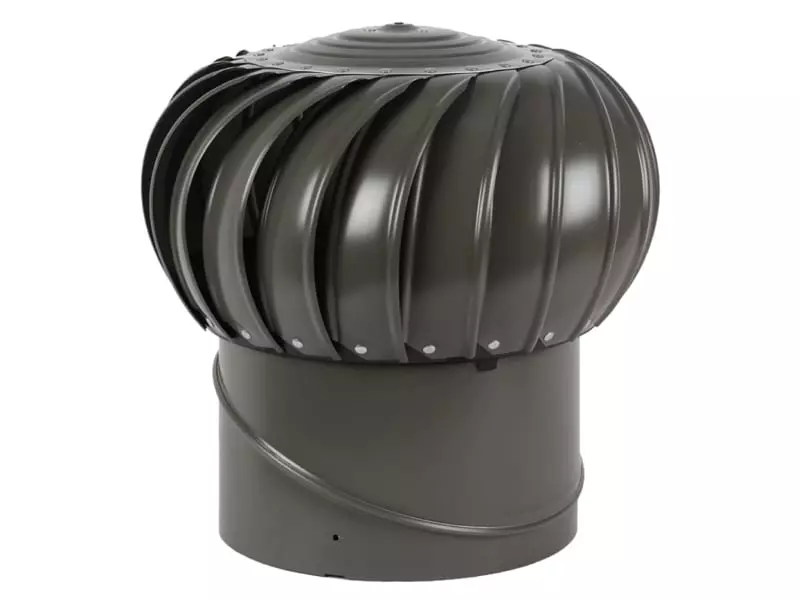
1 Ampelite 300 Spinaway
Colorbond or Mill Finish Supply & Installation Price
Download PDF
2 Roof Vent
Supply & Installation Price
$860/2
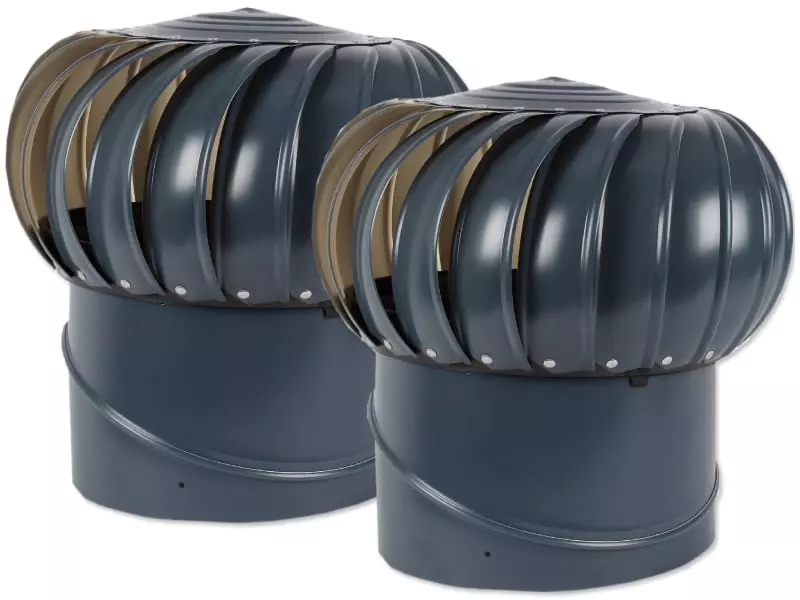
2 Ampelite 300 Spinaway
Colorbond or Mill Finish Supply & Installation Price
Download PDF
3 Roof Vent
Supply & Installation Price
$1,090/3

3 Ampelite 300 Spinaway
Colorbond or Mill Finish Supply & Installation Price
Download PDF
4 Roof Vent
Supply & Installation Price
$1,300/4

4 Ampelite 300 Spinaway
Colorbond or Mill Finish Supply & Installation Price
Download PDF
What is a Whirlybird?
A whirlybird, or a turbine vent, is a roof ventilation system that uses wind to cool our houses by removing accumulated heat in the roof space. There are two kinds of whirlybirds, one driven by electricity, and one driven by the wind. The more popular one is the wind-driven whirlybird. It operates when the wind hits the turbine fins and causes the vent to rotate. It can also be driven by the expanding air in the roof space due to rising temperatures. This rotation creates a vacuum that sucks out air from the roof space.
Most whirlybirds are made of galvanised steel or aluminum. It has a fluted head that is set on top of ball bearings that makes the vent to spin. Outwardly, the whirlybird looks like a turbine and this is the reason why it is called a turbine vent.
How many whirlybirds are needed to ventilate a roof on different sized houses?
The right number of ventilators on your roof is important to maximise its effectiveness. This decision is determined by many factors but there is one simple formula to help you figure this out.
The important thing to remember is that the larger your roof space, the greater ventilation is required since the volume of air that can keep moisture and maintain heat is also greater.
The general rule of thumb is 1 whirlybird for every 50 square meters of roof space. On average, a 1 to 2-bedroom house will need at least 2 roof vents. For a 3 to 4-bedroom house, you will need at least 3 roof vents, and for a 4-5-bedroom house, you will need at least 4 roof vents. In Australia, the average new home has a floor space of around 245 square meters. Based on these, a good rule of thumb would be to install 1 whirlybird for every bedroom in your house.
This is only a simple rule of thumb. It does not consider other variables such as the internal structure of your roof, and the prevailing winds and environmental factors unique to your area.
To calculate the amount of ventilation your home needs, you can follow these rules. First, calculate the area that your attic covers by measuring the width and length of the house in meters. Then, since it is recommended that 1 whirlybird is good for a roof space of 50 square meters, divide the area of your attic by 50 to find the number of whirlybirds you need.
Some homes have complex roof designs. It is also important to consider this when deciding on the number of whirlybirds to put on your roof. There are roofs that have hidden areas that are isolated but still make heat from the sun get inside. This type of roof will need additional ventilation so that there is constant airflow in the house.
Another thing to consider when determining the number of roof vents required for your house is the roof pitch. When roof pitch increases, the air volume in the roof space increases along with it.
To have good ventilation, whatever the size of your room or your home is, there should be a balance between the intake and exhaust of air. These two factors need to be balanced for us to say that a room or a home is properly ventilated.
How is a whirlybird installed?
You can install your whirlybird by calling a professional installer or you can also make it a DIY project. If you do a DIY installation, you can save on installation charges.
Preparing for Installation
You first need to select the best location for your whirlybird. This greatly depends on the characteristic of your house. However, there are some basic steps that are involved. The first thing you need to do is to choose the part of your roof that is hidden from view.
The reason for this is that whirlybirds are not really pleasant to look at so it is best to keep them hidden from sight. When you have chosen the location, measure the side of the roof where you want to put your whirlybird.
There should be equal distances between multiple vents. They have to be spaced evenly from the edges of the roof and from each other. So, if your roof edge measures 24 meters and you are going to install 2 whirlybirds, then you could measure 8 meters to the center of the first whirlybird, then another 8 meters to the second whirly bird’s center. This leaves a final 8 meters to the other end of the roof.
Your whirlybirds should also be near the roof’s apex so that the maximum volume of rising hot air can be expelled.
Next, mark the exact installation points from your roof space. The marks should be done from the underside of the roof tiles or sheets. Doing this will ensure that there are no roof structures that will block the vent.
However, if there are roof structures like rafters, trusses, or purlins blocking, you might need to move each whirlybird slightly to one direction or the other so that these important roof structures are accommodated. Then, when you have marked the exact points, drill a hole in the roof sheet at those points.
Cutting the holes in the roof
The holes that you have drilled will then be visible from the roof exterior. You now need to climb the roof and place the whirlybird over the holes you have drilled and trace out the perimeter of the cylinder on the roof sheet.
Starting from the center hole, cut the circle you have drawn. If you have tile roofs, you do the same but you need to cut each affected tile individually.
Installing the whirlybird
This part is one that is relatively easy compared to the previous steps.
File off the rough edges from the hole that you have cut and clean the area of dust and other objects. The vent should then be slipped through the hole in the roof and finish the assembly according to the instructions in the installation manual.
If you have a steel roof, then you need to screw the baseplate to the roof sheet and then apply a sealant around the edges.
Finally, attach the turbine on top and you are done. Just make sure that before attaching the turbine, the level at the top of the cylinder is exactly correct.
It is important to wear long, elbow-high safety gloves when installing a whirlybird. This can help prevent you from injuring yourself from the sharp edges.
While DIY installation is possible, it is highly recommended that a professional does the installation because of the risks involved when working on a roof. In Australia, an average of 29 people die each year from roof falls. These are people who are trained to work on roofs. So, don’t take the risk just to save a few dollars.
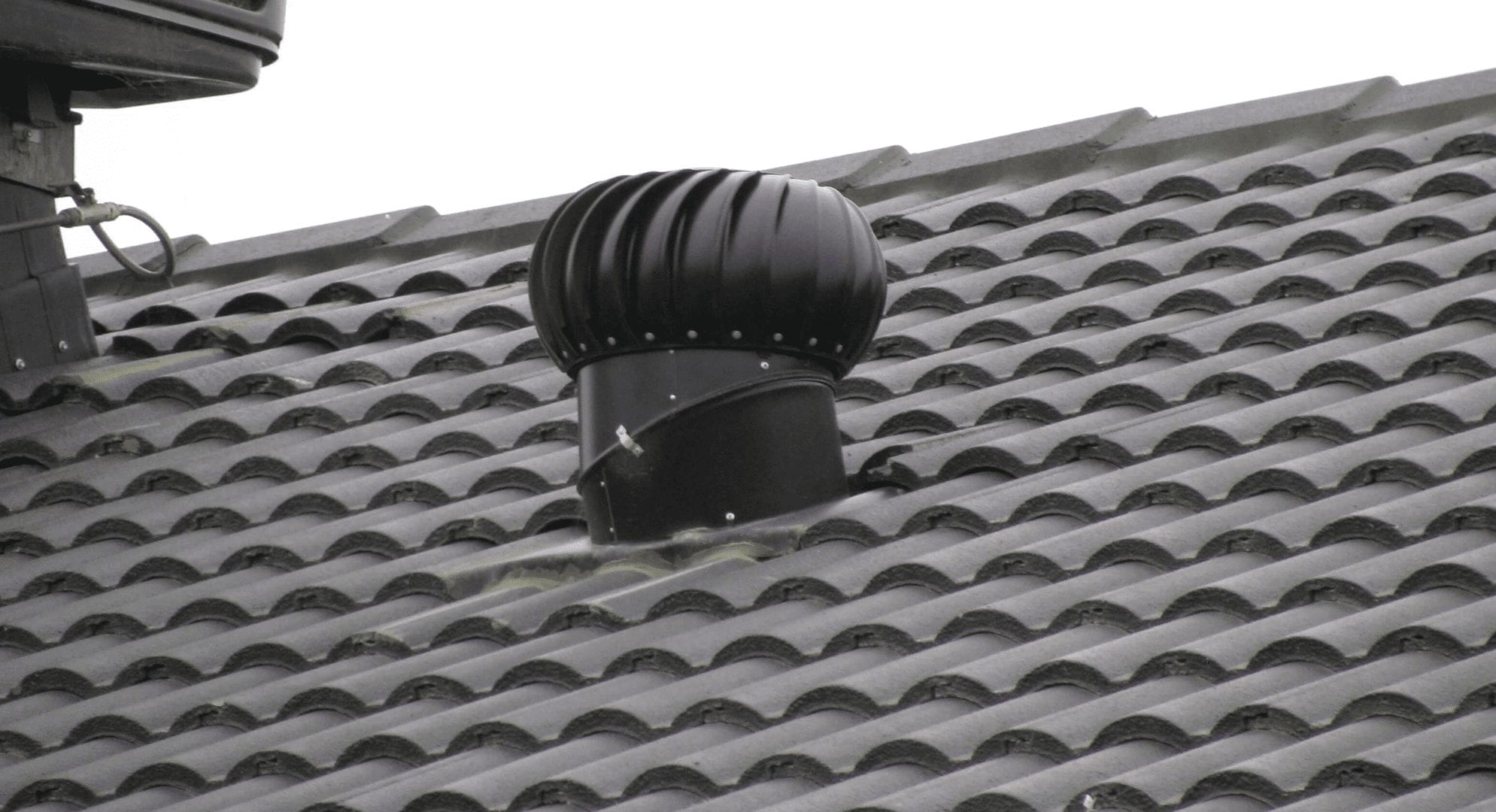
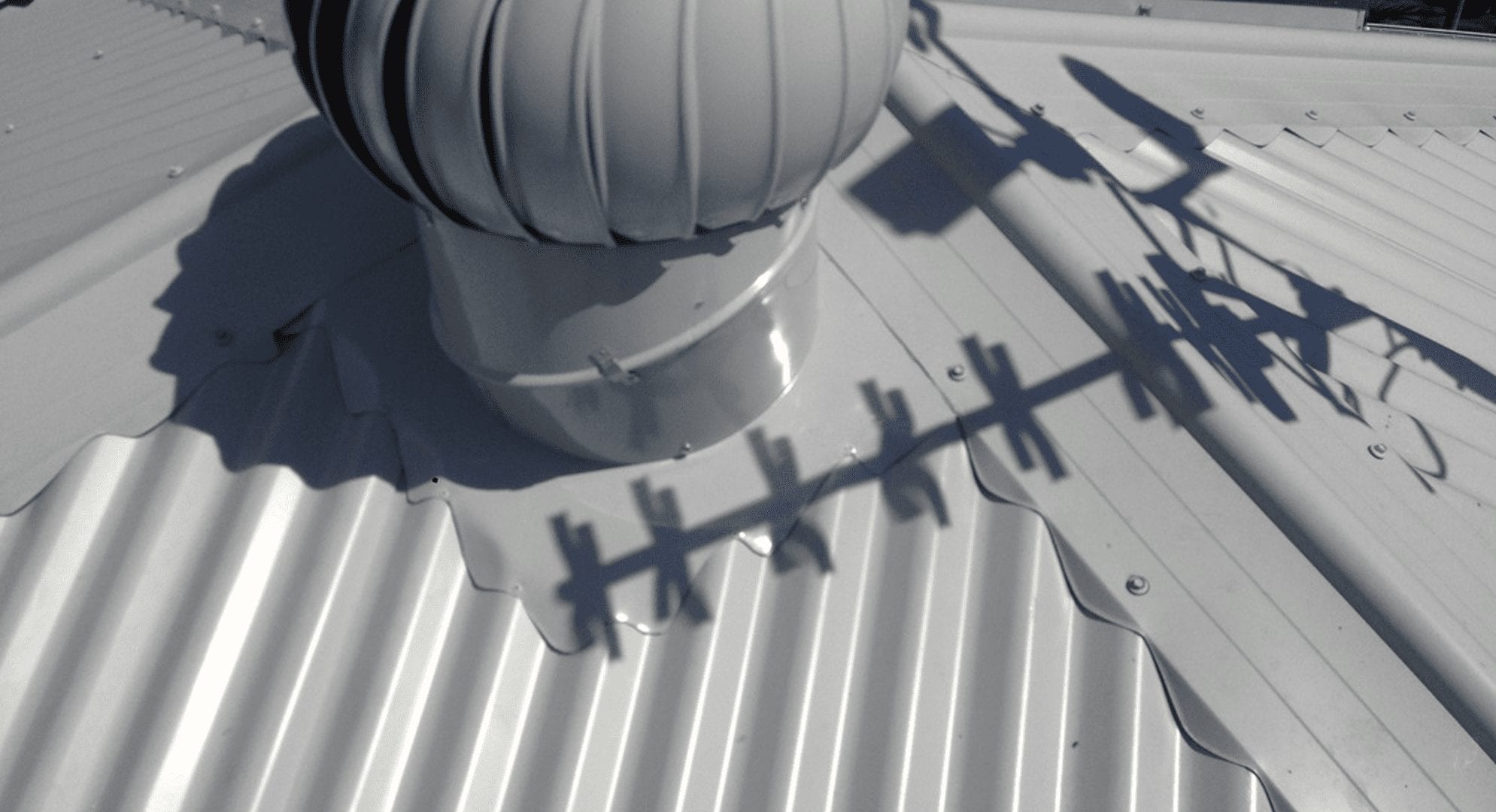
What are the benefits of having whirlybirds?
*In the summer, having whirlybirds is highly beneficial. The most important benefit is the decrease in heat, making it comfortable inside your home.
*Whirlybirds are not expensive. You can get one for as low as $60 AUD from any major hardware store. It is also simple enough to set up with virtually no technical knowledge needed.
*The design of the whirlybird makes it resistant to rain. The circular force created when it is spinning causes rain droplets to be thrown off. So, you don’t have to fear about water entering your home when it rains since whirlybirds have a water-resistant design.
*Whirlybirds also don’t consume any power. Since they are completely driven by wind, they don’t have any wiring system. Thus, your power bill is not affected, unlike competitor devices.
*If there is no power consumption, then you save on natural resources. This means that the environment is free from pollution. Our eco-system is not made impure since it does not emit smoke and other alien matter that pollutes the air.
*They work efficiently and significantly even if the breeze is slow.
It is a very simple machine. It is wind-powered and the vacuum it creates forces warm air to escape by sucking it up through the roof cavity. Cool air then enters your home giving it a comforting temperature. It is possible for people to stay comfortable in their homes.
*Whirlybirds are weather-proof. They can work well no matter how harsh the weather is. Rain does not affect them. They don’t rust or corrode since they are made of stainless steel and aluminum.
*It is low maintenance. It just needs greasing every 6 months. Greasing is not expensive since we just need to oil the joints and other parts of the whirlybird. It does not give you any regular expenses.
*Whirlybirds are compatible with most roofs. Whatever kind of roof you have, whether metal, tile, etc., they can still be installed. A way can be found to adjust them accordingly.
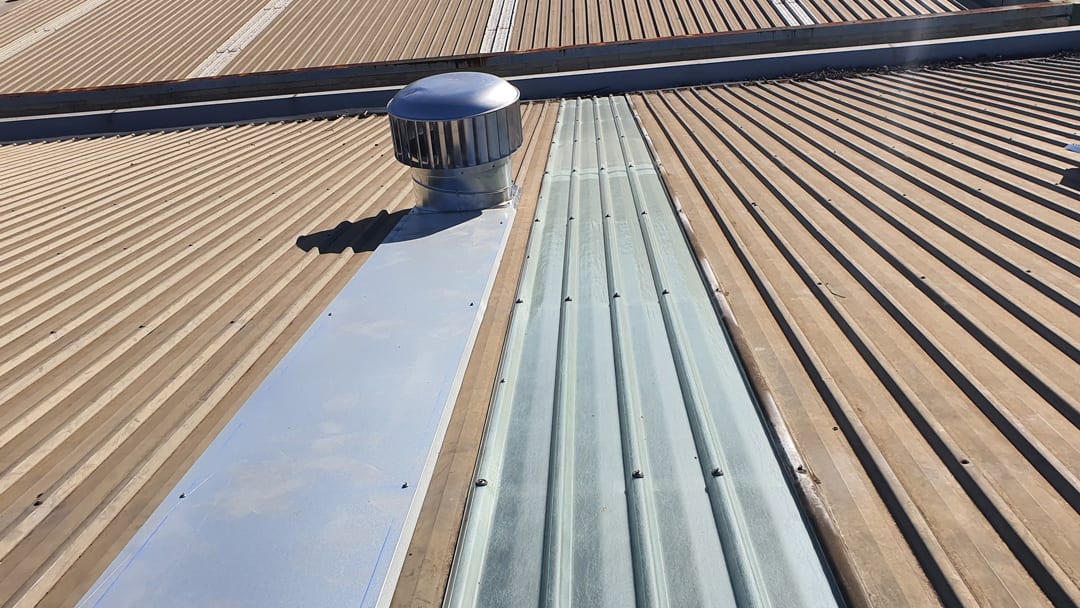
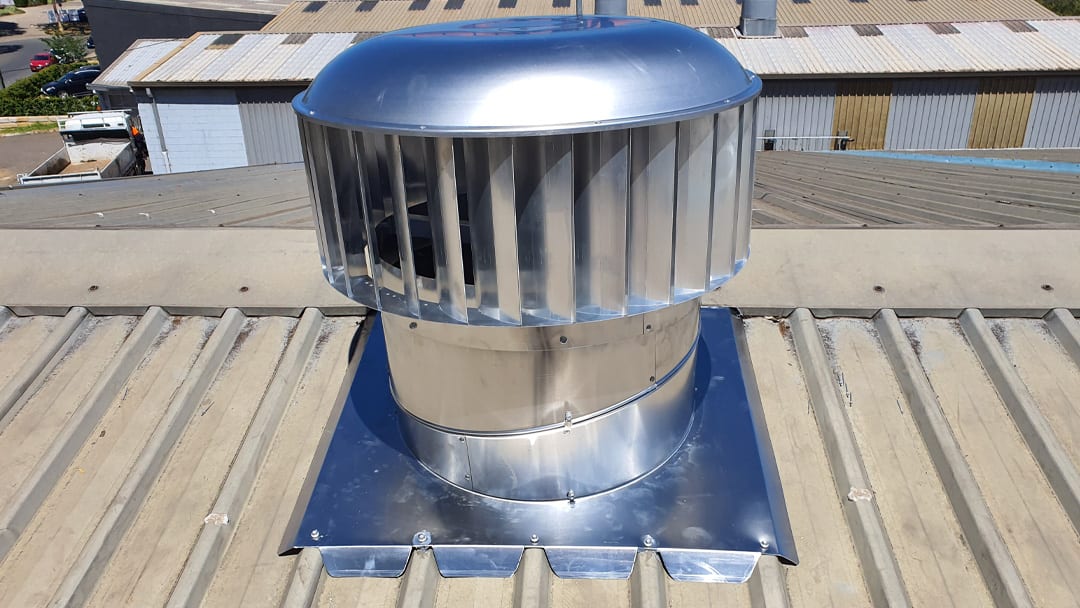
4. Zinc Sheet Roofing
Zinc makes an excellent roofing material that is almost maintenance-free and durable if installed correctly. Proper installation is not only based on fixing the zinc roofing but also using the right design and supporting structures. Zinc has great properties, something that is making Australians turn to Zinc roofs as a roofing choice for both industrial and commercial buildings. Below are some of the benefits that property owners enjoy for choosing to use zinc roofing systems:
Non-Corrosive
Zinc is a non-corrosive material. This means that your zinc roofs will not be affected by adverse weather conditions. Ironically, zinc benefits from weathering and aging. Therefore, zinc roofs would be a great commercial roofing choice for businesses located in the Australian areas that are prone to harsh elements such as bush fires, hurricanes and heavy rainfalls.
Self-Healing
Like mentioned above, zinc roofing requires little to no maintenance. This is because the material has the ability to heal itself. For instance, in the occurrence of a scratch on your zinc roofing, the material will replenish itself such that the blemish magically disappears.
Great Environmental Value
Zinc is eco-friendly due to the fact that it takes less energy to produce it compared to other metals and alloys. Also, zinc has negligible toxicity levels, meaning it causes no negative impact on the environment. Just like most metal roofs, zinc roofs can be recycled.
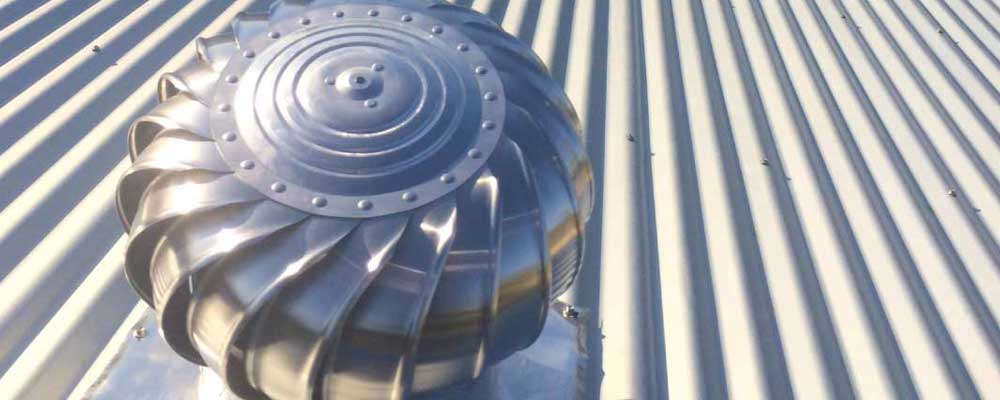
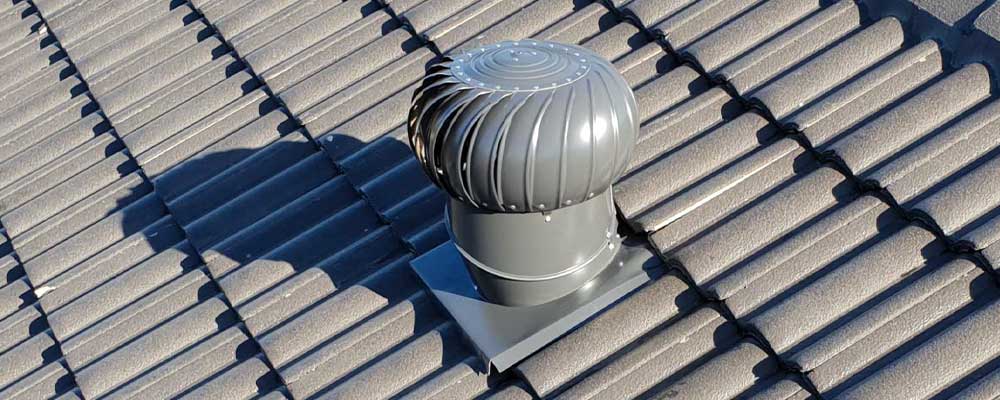
How do whirlybirds keep air conditioning costs low and extend the life of a roof by keeping it cool?
A standard roof space traps and accumulates heat as the sun beats down onto your roof. If there is no proper ventilation, this heat will radiate down through your ceiling and will warm your home. Your home gains around 25% to 35% more heat during summer.
This makes your home stuffy and hot. Even if you use an air conditioner the roof space which is unventilated will continue to transfer heat. So, without a means for keeping your house cooler, your air conditioner will have to work doubly hard to cool your home. By the end of the month, your power and utility bills will greatly increase.
If you install a whirlybird, heat is prevented from transferring from your roof spaces to your ceiling. This helps cool your home so you don’t need to keep relying on your air conditioning system. This can help save you energy and money.
Roof ventilation not only ensures the comfort of your home, but it also protects the roof from any unwanted deterioration by reducing moisture levels in winter.
Whirlybirds also prevent the accumulation of humid air so moisture does not build up in your roof spaces. This can help prevent the growth of mold and mildew.
In Australia’s hot and humid summers, a lack of proper roof ventilation will cause heat to be held in roof spaces. This can lead to the drying of existing roof timers which will lead to their decay.
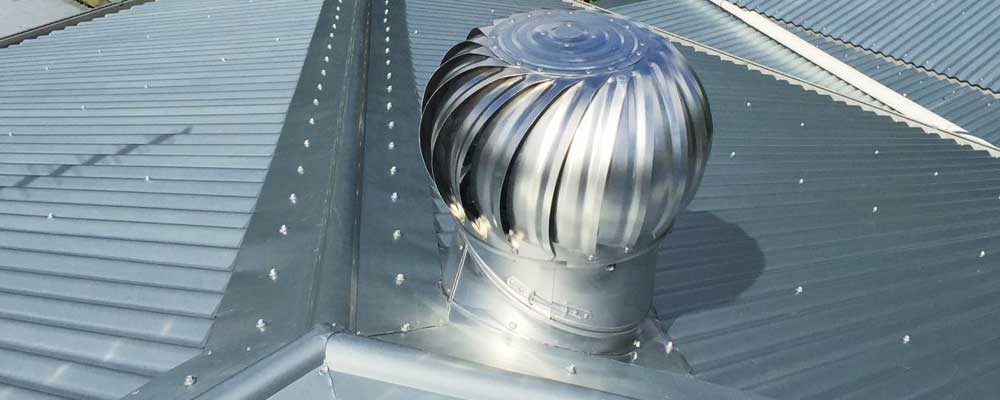
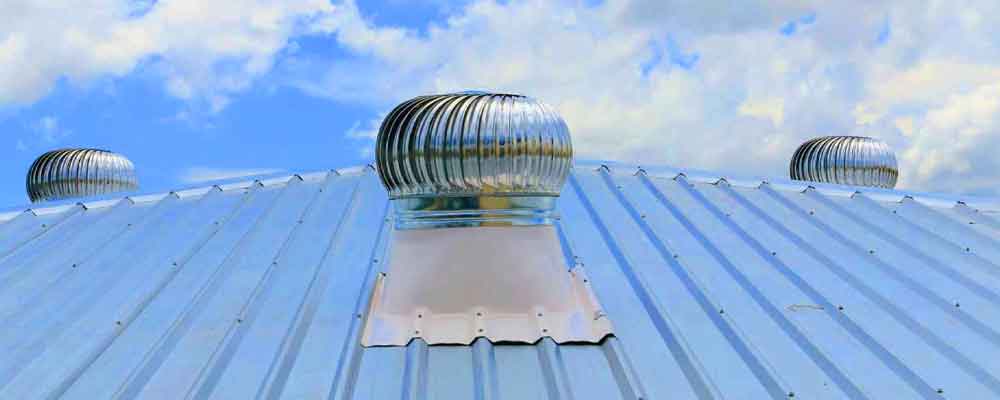
Australian weather conditions.
In Australia, summer can be uncomfortably warm especially if you don’t have air conditioning in your home. Installing a whirlybird roof ventilator or several whirlybirds is an affordable way of managing the internal temperature of your home.
Whirlybirds are ubiquitous in Sydney. Whirlybirds in Sydney are more effective in some situations than others. Somehow, the output of whirlybirds is limited so the best results can be achieved when used in smaller homes or apartments. To increase efficiency and reduce running costs, whirlybirds can be combined with other ventilation systems.
In Queensland, the summers are really hot. Most households use air conditioners or sit in front of a fan on high speed. While your home can be cooled by this, your electric bill will definitely soar.
One of the things you can do to cool your home and reduce your electric bill is to insulate your roof. This can keep hot air from filling your home in the summer and it can also hold the heat in through the winter.
Whirlybirds can also make a difference to the temperature in your home. This is because it draws out the hot air from your ceiling space and stops in radiating your home. Unlike air conditioners, roof ventilators work automatically, constantly on and drawing heat out of your roof.
Australia has the highest energy prices in the world. The states with the highest electricity rates are South Australia, NSW, Queensland, and Victoria. Many are wondering how to decrease their energy bills. Whirlybirds are the perfect solution to this. More and more people across Queensland and NS are getting whirlybird ventilators installed.
